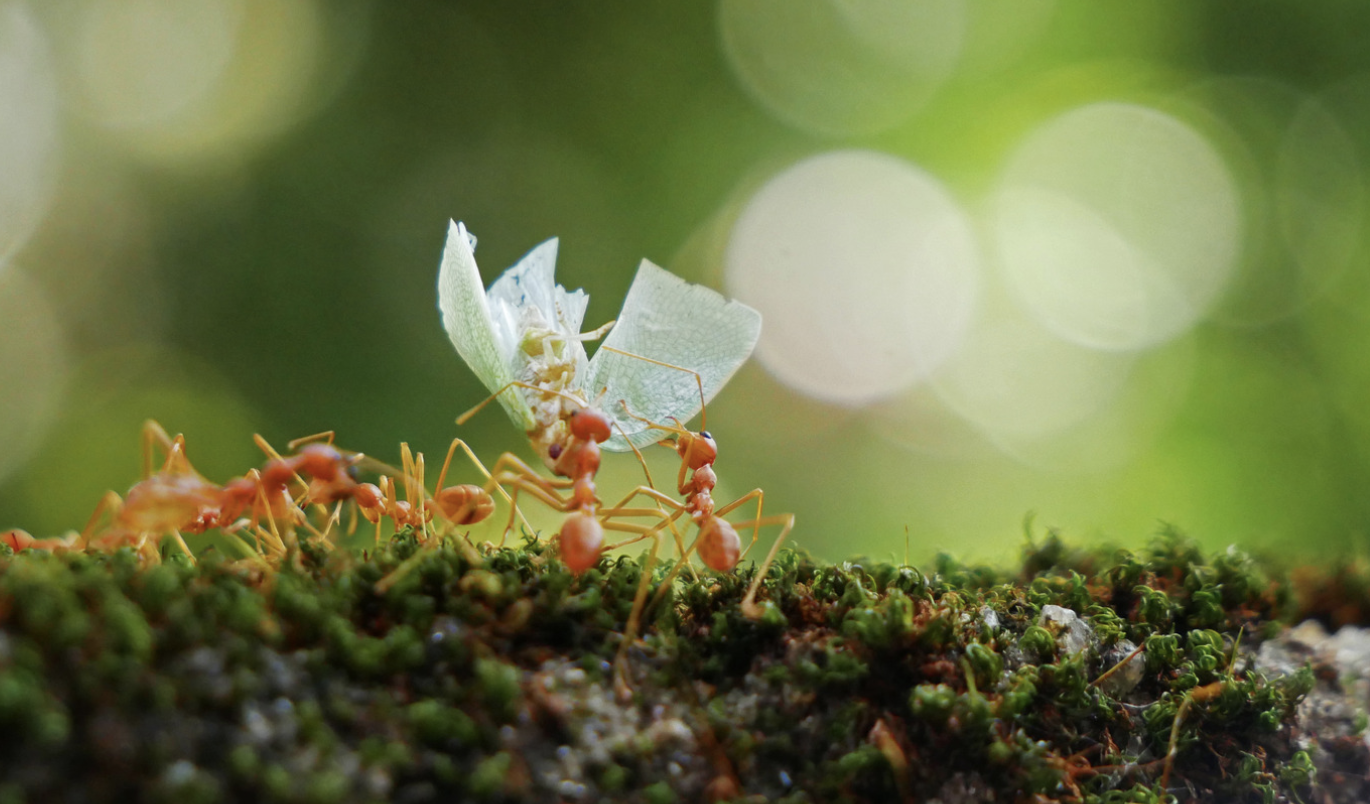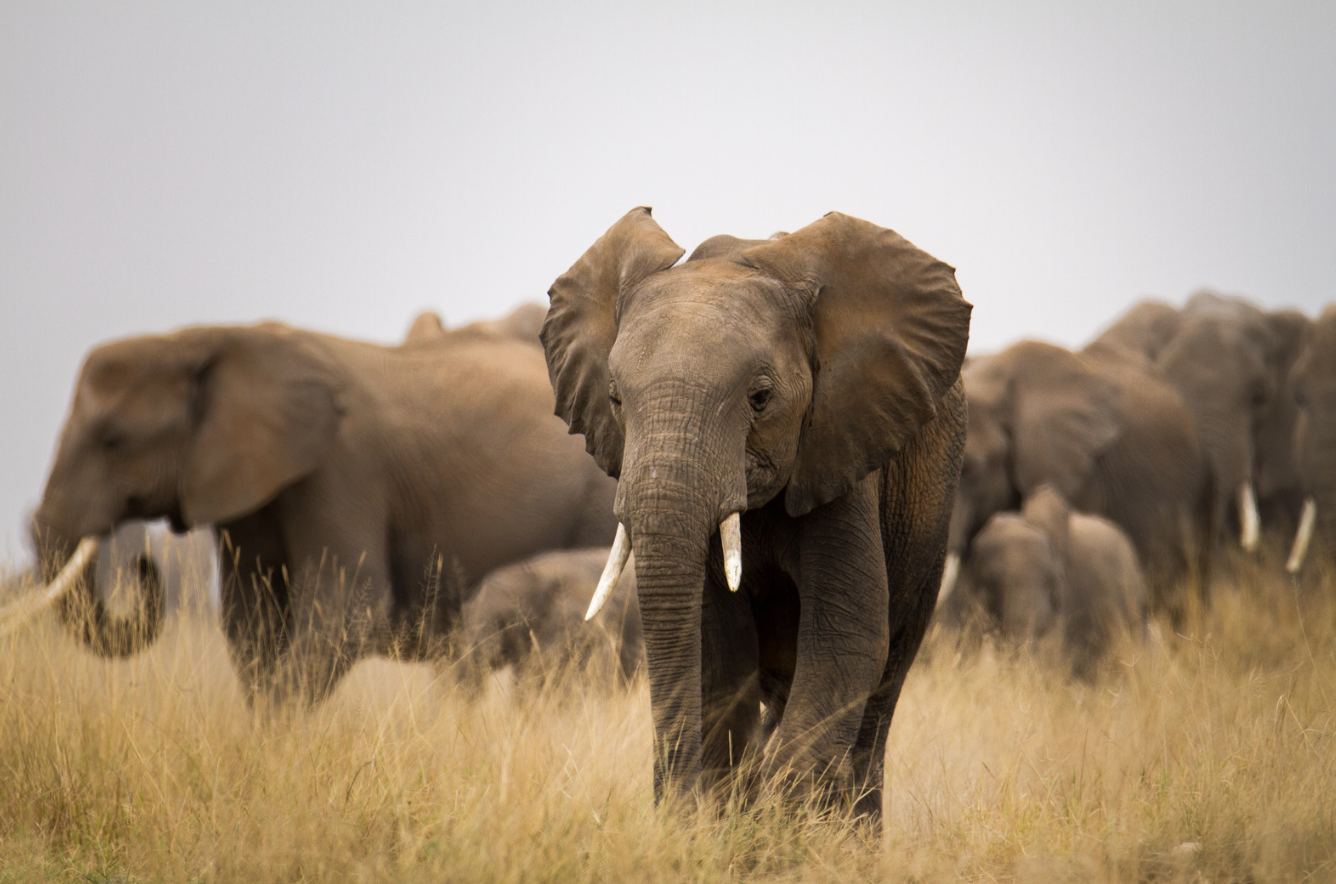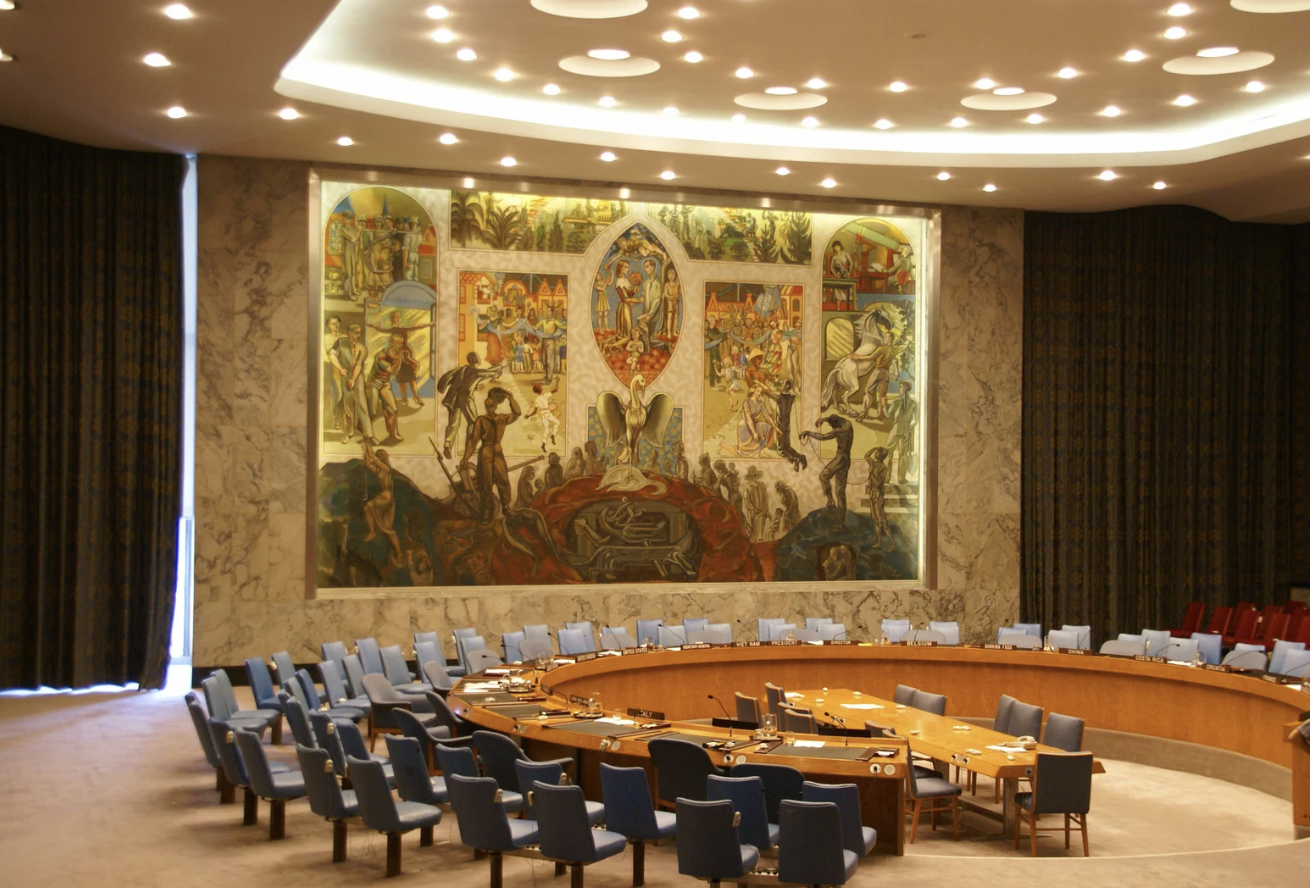Anúncios
When they go in quest of food or breeding sites, many different kinds of creatures, such as birds, fish, and mammals, migrate along predetermined paths.
A major United Nations wildlife gathering began on Monday in Gandhinagar, India, with the primary emphasis being on the most effective methods for protecting wildlife in a world that is undergoing fast change.
The Thirteenth Meeting of the Conference of the Parties to the Convention on the Conservation of Migratory Species of Wild Animals, also known as CMS COP13, is now taking place at a time when the world is confronted with the possibility of losing one million species to extinction if protective measures are not enhanced.
In the midst of a world that is undergoing tremendous transformation, nations are gathering in India to debate how to save migratory animals.This film from the United Nations Institution in India demonstrates how residents of Loktak Lake have made measures to safeguard wetland areas in response to climate change and other issues.
With sustained downward trends of habitat loss and species decrease, “COP13 comes at a critical time for wildlife conservation,” stated Amy Fraenkel, Executive Secretary of the Centers for Disease Control and Prevention (CMS).
The conference will provide the impetus for the necessary activities to be taken in order to better safeguard migratory species that are dependent on multilateral collaboration for their continued existence.
“Migratory species connect the planet and together we welcome them home” is the subject that will be used to describe the thirteenth Conference of the Parties (COP13), which will take place from the 22nd of February until the beginning of March.
These animals give a variety of advantages to human beings, including the dissemination of seeds and the process of pollination, as well as economic advantages and employment opportunities, such as in the tourist industry, for instance.
“These species move between countries without any passports or visas, but they are messengers of peace and prosperity, and it is our responsibility to protect that,” said Indian Prime Minister Narenda Modi in his keynote speech. “It is our responsibility to protect that.”
On the other hand, migratory animals and ecosystems are also being impacted by the fact that climate change is becoming more prevalent and that other weather extremes are rapidly becoming the norm.
During the conference, the delegates will discuss the need of providing guidelines and other steps to limit the effect of roads, trains, and other infrastructure on migratory species. These infrastructures have the potential to cause harm or death to birds and other animals, while also contributing to a rise in pollution and cutting through natural ecosystems.
As countries work to prevent the rise in global temperature from exceeding 1.5 degrees Celsius, in accordance with the Paris Agreement on Climate Change, they will also discuss ways to ensure that biodiversity and migratory species are taken into consideration in national policies to promote renewable energy that is “wildlife-friendly.”
Other topics that will be discussed include the strengthening of measures to fight the illicit killing and trading of migrating birds, as well as focused action against aquatic wild meat, especially that which comes from shark and ray species, which is a concern that is rapidly growing.
Nature’s “super year” for them
“The super year” for environment is what the United Nations Environment Programme (UNEP) refers to as the year that begins with COP13.
In addition, the Ocean Summit will take place in June of 2020, a United Nations “nature summit” will take place in September, and the United Nations Biodiversity Conference will take place at the end of the year.
A statement made by Joyce Myusa, the deputy head of the United Nations Environment Programme (UNEP), said that “as we face the unprecedented crisis of species loss, 2020 is an important year to step up action to conserve species, protect ecosystems, and make meaningful progress towards achieving the sustainable development goals ” We must make the most of every chance that presents itself to us, and the CMS COP is an important milestone in the process of fostering the growth of biodiversity on our planet.
The sole international agreement that safeguards these species is the agreement on the Conservation of Migratory Species (CMS), which is the environmental treaty that the United Nations has at its disposal.
The document has two appendices: the first one addresses endangered migratory species, while the second one enumerates creatures that have “an unfavourable conservation status” and call for participation from international organizations.
According to a new assessment that will be presented at the thirteenth conference of the Parties (COP13), the populations of the majority of migratory species that are protected by the Convention are decreasing, notwithstanding success stories.
During the thirteenth Conference of the Parties (COP13), it is anticipated that ten additional species will be added to the Convention. These species include the Great Indian Bustard, the Jaguar, and the Asian Elephant.
On the other hand, the most recent set of United Nations Endangered Species stamps, which were released on Monday, features twelve of the creatures that are now listed in the appendix.




